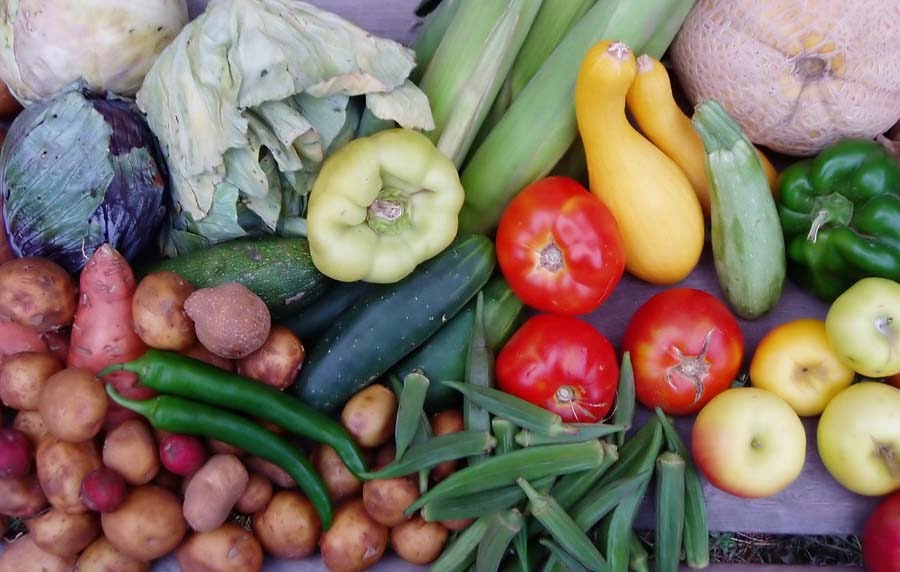
- Let’s get the balance. Eat regular meals and snacks. Avoid meals and snacks that are dominated by carbohydrates, protein, or fat. Try to make sure you are including plenty of vegetables and/or fruit as well. Eat regular meals and avoid missing meals. Often this results in larger meals late at night and late night snacking.
- Reduce highly processed carbohydrates and foods high in added sugar. They provide very little benefit aside from spiking blood sugar which promotes weight gain. Eat low GI carbs like brown rice, wholemeal bread/pasta, oats, sweet potato, lentils, and legumes. Drop foods with lots of added sugar like flavoured yoghurt. Read the ingredients list. A good snack is 500kJ or less and a good meals 1500kjor less. Aim for sugar <15gr/100gr.
- Reduce the portions with main meals. A great start is to aim for a dinner plate of ¼ carbohydrates, ¼ protein, and ½ vegetables. Red meat sizes should be no larger than 125gr and chicken no larger than 150gr/serve. Cut down on the amount of starchy vegetables, rice and pasta.
- Add a new healthy food into your regular meal plan. Challenging yourself on the type of meals and snacks can bring variety to your diet and shake up your metabolism. Some examples include:
- Use the 2 metre rule. Beiing at least two metres away from lollies, biscuits and cakes at work reduces intake
- Use avocado instead of butter/margarine
- Replace potato chips with chick peas or broad beans
- Snack on protein rich snacks: pepitas or a boiled egg
- Increase fibre with high fibre muesli bars or cereals
- Increase your water intake by carrying a water bottle
- Set a realistic goal. We know a 5-10% reduction in weight improves health by 25%. But focus more on a behaviour goal. When people drink too much alcohol, a good goal is to cut your intake in ½. Although you may still be drinking more than the recommended amount, any reduction has a significant benefit. it means that Measure your success with a food diary.
